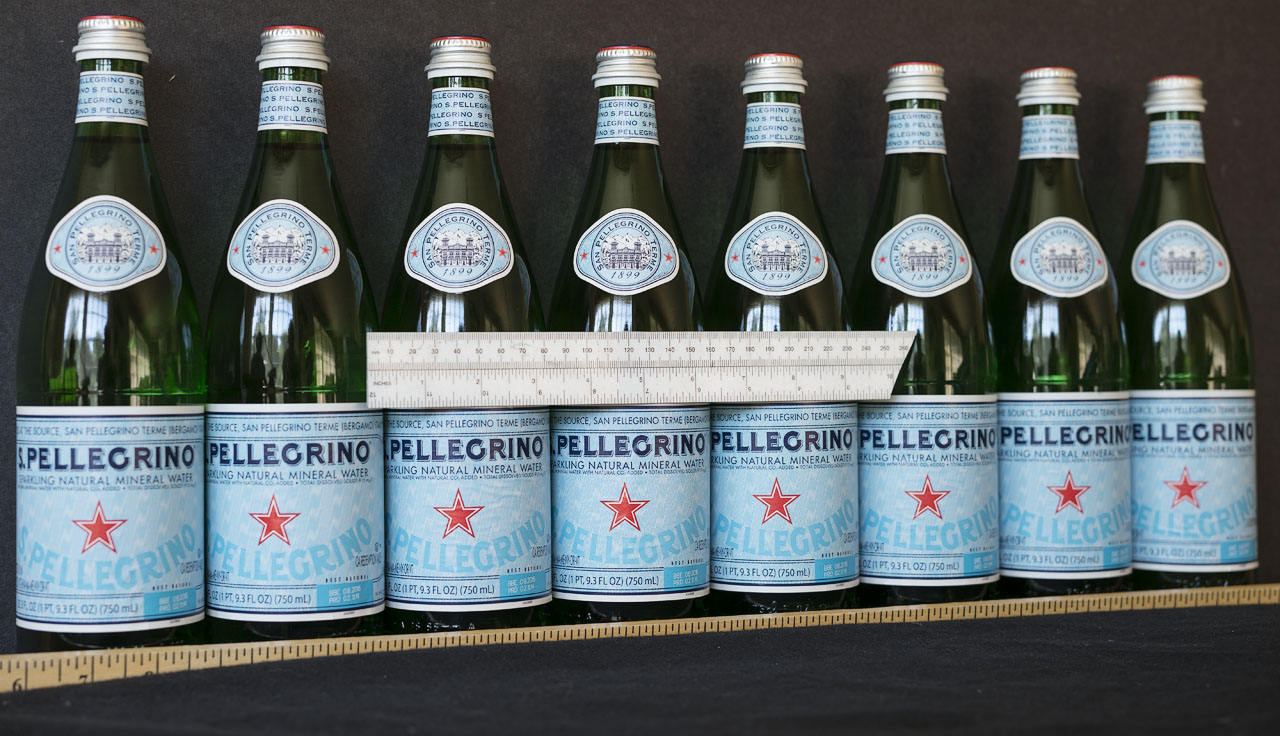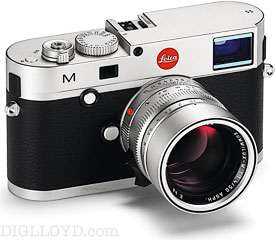EXCERPT page containing first few paragraphs. 2024-04-23 19:39:47
UA_SEARCH_BOT_compatible_botmozilla/5.0 applewebkit/537.36 (khtml, like gecko; compatible; claudebot/1.0; +claudebot@anthropic.com) @ 18.217.144.32
For full access, subscribe here. Or click title to login. ![]()
Case Study: Format-Equivalent F-Stop: APS-C vs 35mm Full Frame (Pellegrino)
Here we examine two 24 megapixel cameras for format-equivalency in depth of field and f-stop terms. The goal is to show that the equivalency is indeed there for two formats of the same aspect ratio (APS-C and 35mm full frame).
Leica M240: 5976 X 3992 (23.86 MP, full-frame sensor)
Sony A6000: 6000 X 4000 (24.0 MP, APS-C sensor)
Neither camera utilizes an anti-aliasing filter.
Format equivalent focal length
For an equivalency comparison, the field of view must be matched by keeping the same position (perspective), utilizing the format-equivalent focal length for the smaller sensor. That means using a 35mm focal length on APS-C to match the 50mm focal length on full-frame.
Article continues for subscribers...
Diglloyd Making Sharp Images is by yearly subscription. Subscribe now for about 13 cents a day ($50/year).
BEST DEAL: get full access to ALL 8 PUBLICATIONS for only about 75 cents a day!
Diglloyd Making Sharp Images articulates years of best practices and how-to, painstakingly learned over a decade of camera and lens evaluation.
Save yourself those years of trial and error by jump-starting your photographic technical execution when making the image. The best lens or camera is handicapped if the photographer fails to master perfect shot discipline. High-resolution digital cameras are unforgiving of errors, at least if one wants the best possible results.
- Eases into photographic challenges with an introductory section.
- Covers aspects of digital sensor technology that relate to getting the best image quality.
- Technique section discusses every aspect of making a sharp image handheld or on a tripod.
- Depth of field and how to bypass depth of field limitations via focus stacking.
- Optical aberrations: what they are, what they look like, and what to do about them.
- MTF, field curvature, focus shift: insight into the limitations of lab tests and why imaging performance is far more complex than it appears.
- Optical aberrations: what they are, what they look like, and what to do about them.
- How to test a lens for a “bad sample”.
Intrigued? See Focusing Zeiss DSLR Lenses For Peak Performance, PART ONE: The Challenges, or (one topic of many) field curvature.




